Time and space were before me, snow covered meadows and trees and dying yucca plants testament to the understanding of being present. On my trek up to Oakzanita Peak in Cuyamaca Rancho State Park, I moved with the motivation of knowing the view from up high in east county San Diego was going to be spectacular.
The farther up the mountain I went, the deeper the snow became, and the views were vaster. Around me, melting snow and ice hissed and sizzled, I thought. It somehow impossibly made fire and ice, one and the same. At the switchbacks, the land below seemed to open up more. Yet I knew that up top, I would have a 360-degree view that, on a clear day, allows you to see all the way to the Pacific Ocean and down into Baja California.
In front of me was untracked snow. Behind me were my snowshoe tracks. Thinking of the next round of snow arriving in less than a day, impermanence was defined when looking back and forth at the trail in both directions.
At the junction with Oakzanita Trail, which would guide me the final 0.6 miles to Oakzanita Peak, I laughed out loud at the sight of animal tracks going off in three directions; they, too, were using the trail system on this fine day. I imagined a gathering of rabbits stopping to greet each other and one of them saying, “More snow is on the way; come this way if you want to eat before going back into your hole.”
Read More: Footprints in the Field: The Art of Deciphering Nature’s Clues
Then I saw a porcupine. Not really, but I immediately thought of one when I spotted a yucca covered in snow. Its green-grey-blue spines were sticking up, sharp and pointy. The sighting stopped me in my tracks. I had not seen such juxtaposition in my life. It was stunningly beautiful. Thinking of the drinking water for the coyotes and deer, I thought of the snowfall and that all of the plants on the mountain were happy, soaking up the nourishment for what would be months to come.
I continued on, the seemingly never-ending gradual incline soon coming to an end. Camel-colored boulders sat across the land, uncaring if snow was on the way or the blazing hot temperatures of summer in this land of wildfires. The hue made clear why mountain lions, which live here, are the color they are. The boulders’ top and back sides wore icy snowcaps. The breeze picked up and became wind. In the switchbacks, my steps were peppered with the thought of the view from up top. I stamped and clambered hurriedly, thinking of the view but also simply wanting relief for my strained calves and quads.
Read More: Why You Should Use Snowshoes on Your Next Mountaineering Adventure
Standing in my snowshoes, my eyes afforded me the ability to see the beauty of winter. Across the way to the west was Cuyamaca Peak, with pine trees covered in what appeared to be rime ice. Stonewall Peak to the north stood sentinel. Eastward, snow blanketed the meadows, glistening in sunshine. A stiff wind whipped up face-numbing temperatures, but I was utterly content.
Record 2022-23 snowfall in southern California was a snowshoer’s dream!
Read Next: El Niño Snowshoeing in the Laguna Mountains of San Diego

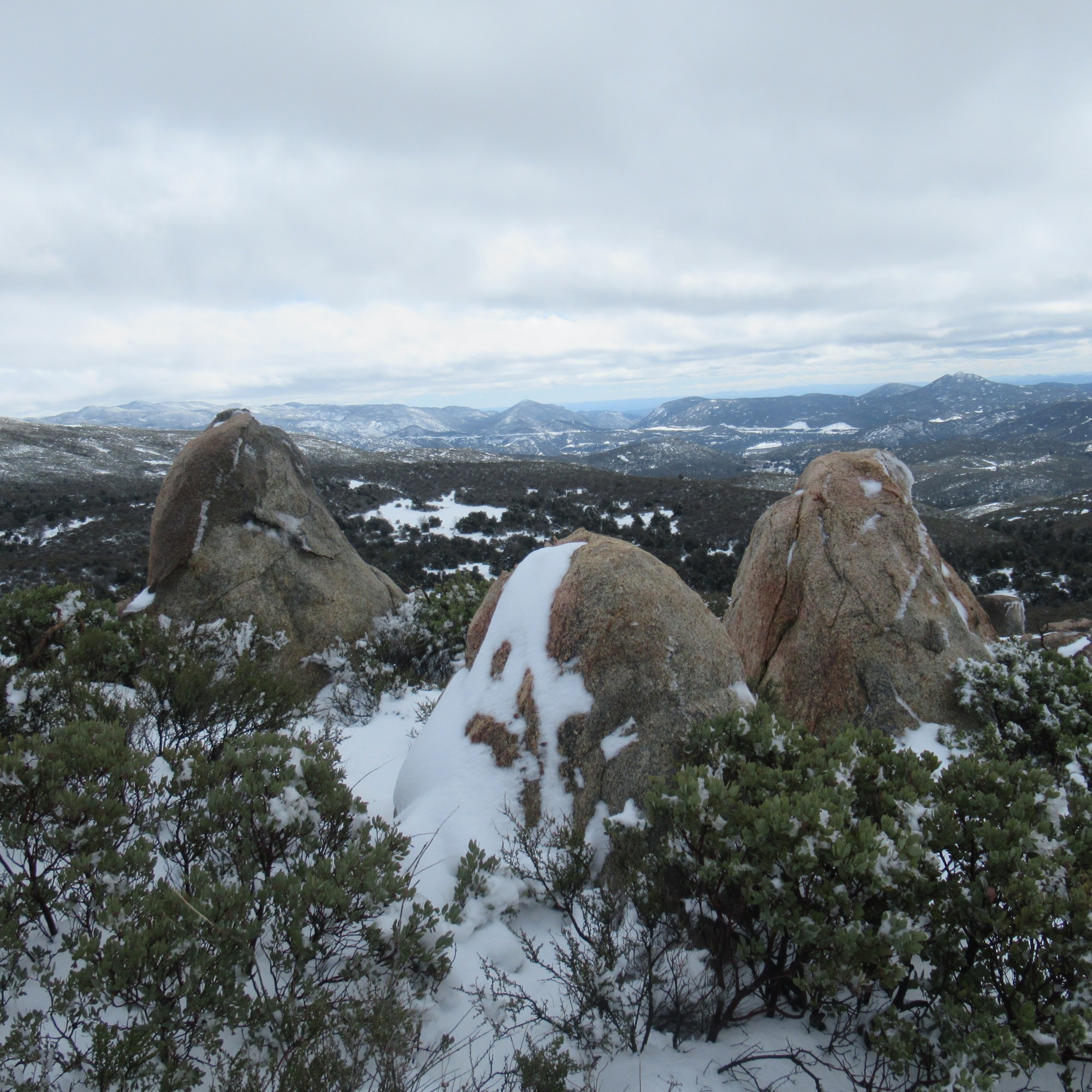


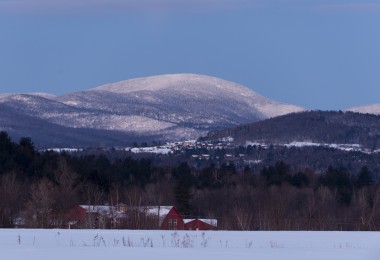
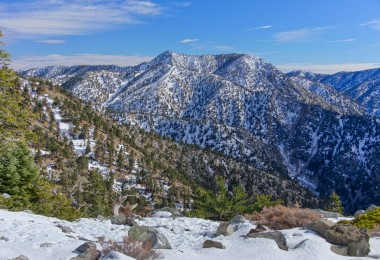
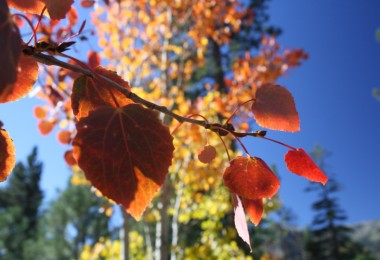
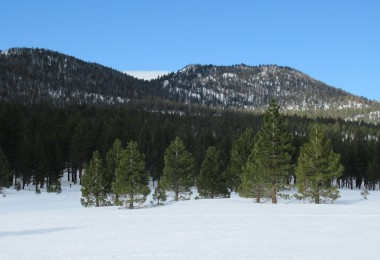

Leave a Comment